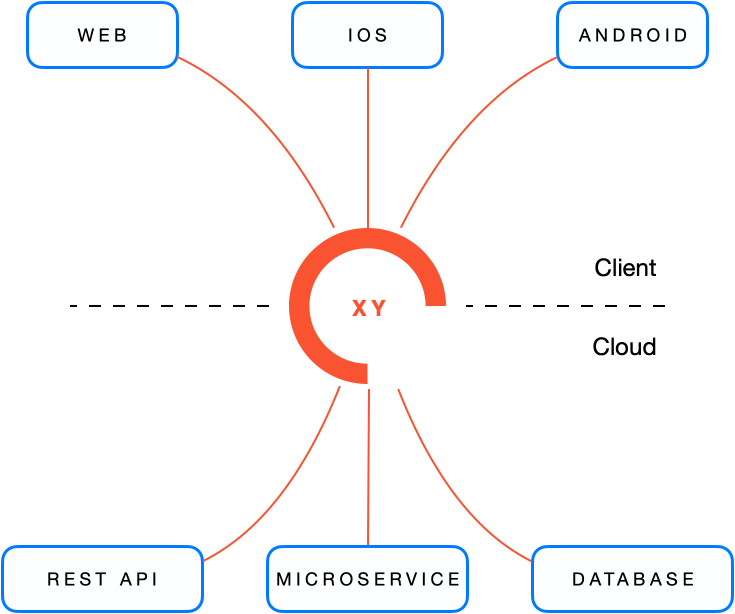Deliver world-class omnichannel customer experiences through our API-driven retail infrastructure and world's largest retail graph.
Today’s brands face enormous challenges to differentiate and meet the ever-changing behaviors of their customers. Customers are more empowered than ever before; they are social, connected, well-informed, and
they expect experiences that are no less than stellar. XY Retail helps to integrate all digital and physical customer touchpoints onto a single and robust platform including online, mobile, point-of-sale,
call center, and social media. It empowers brands to deliver exceptional, seamless omnichannel customer experiences.
The XY platform was created to address the challenge of what it means to be truly omnichannel. The platform exists to answer questions such as:
How does a brand move from being store centric to omnichannel centric?
How does a brand manage a complete asymmetric customer experience, where today's systems are inherently built for single store experiences?
How does a brand manage sales attribution when a customer orders from one store and performs a return an exchange at another?
How does a brand extend it's retail to support new marketplaces and business models like subscriptions and rentals with minimal effort?
How does a brand extend into other geographies and countries and support cross border shipments and returns with third party integrations?
A 360-degree view and analysis of the customer at every touchpoint is a bare minimum requirement to provide a relevant and personalized omnichannel experience.
But wait, there is more! For the platform to be truly omni we had to make the following key decisions and distinctions:
A
sales order line is the only construct that can support and pass the true
omni smell test -where a customer can buy 5 items at Store A, carry out 3 items, ship the other 2 to two separate addresses. Then at a later date, return an item at Store B, and exchange an item at Store
C - all in one order.
An
order or a sales order line cannot be restricted to a particular channel as
a foundational capability.
Every location is a Point Of Sale, whether it is a store POS, ecommerce website, warehouse, showroom, dropship location..
It was imperative to make a distinction between a 'Point Of Sale' and a 'Channel', where sales attribution is tracked and accounted for, and return or exchange flows could be processed beyond just the sale.
Given that integrating disparate systems would not provide a real-time 360-degree customer view and get us to omnichannel nirvana, we had to put our heads down and build a first of it's kind, vertically integrated, cloud-native platform for omnichannel
retail from the very ground-up













